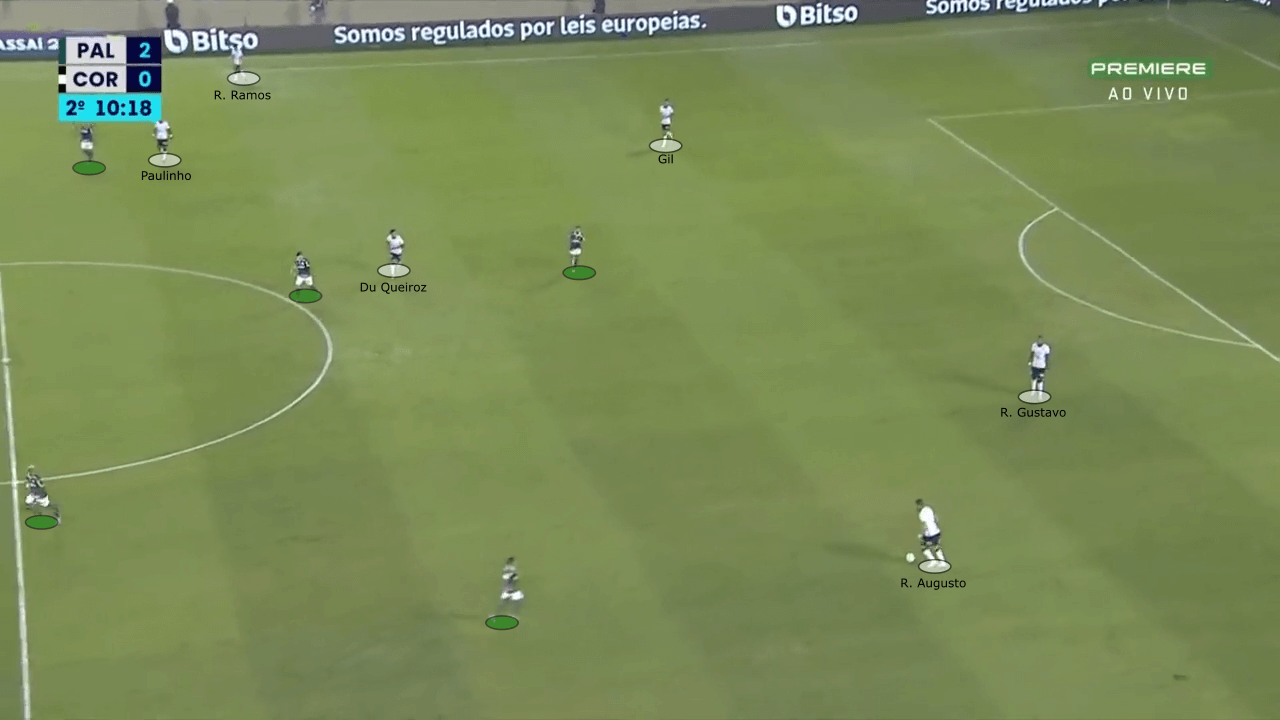What is positional play?
Positional play is a tactical term that refers to a certain philosophy some coaches in football practice.
Generally speaking, it is a style of play that focuses on creating and exploiting space and superiorities by manipulating the opposition team’s movement and positioning.
Positional play is also founded on the principle of dividing the pitch into different zones and then ensuring those zones are always occupied by the right player and at the right time.
Within the tactics of positional play, we still have to understand what superiority means.
This tactical term represents some sort of an advantage for one team and a disadvantage for the other.
If we divide it into subcategories, we can also differentiate between numerical superiority, qualitative superiority, dynamic superiority and positional superiority.
The first one is purely in terms of the number of players in certain zones.
The team who outnumbers the other has numerical superiority and if there is a big gap in quality of said players, we can also talk about qualitative superiority as well.
Dynamic superiority relates to an advantage of movement and timings on the pitch while positional superiority refers to space occupation and body orientation.
Examples of positional play in football
Since positional play tactics are all about creating some sort of superiority on the pitch, the best examples come from teams that are great at manipulation.
Coaches like Pep Guardiola of Manchester City or Johan Cruyff at Barcelona and Marcelo Bielsa, in general, have popularised the term with their incredible and complex tactics.
They use their positional play to move the opposition and create space to exploit, reaching the final third through various mechanisms.
Teams who are very adept at positional play can create overloads and successfully occupy the most important areas of the pitch, which gives them a foundation to build from when attacking.
Positional play is also a tactical term we use during the attacking phase of play and as such is also closely connected with link-up play, manipulation, superiority, space creation, quick interplay and usually short passes as well.
Why use positional play?
As a whole, positional play is a set of tactics that won’t necessarily fit all teams.
The players have to have certain profiles and be trained to perform certain patterns and movements in order for this style of play to be properly executed.
The benefits, however, are huge since the team is then able to create and exploit space on a very high level and understands football through time, space and zones.
However, even with that being said, no tactics are without faults and there is no single way of playing that is better than the others.

